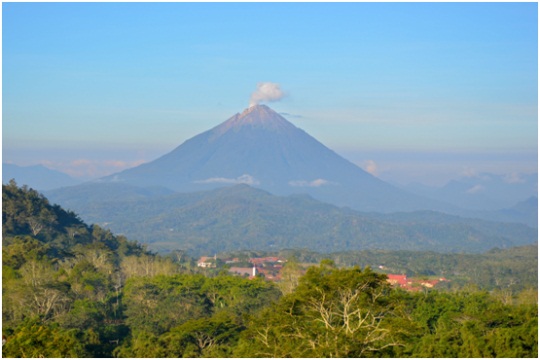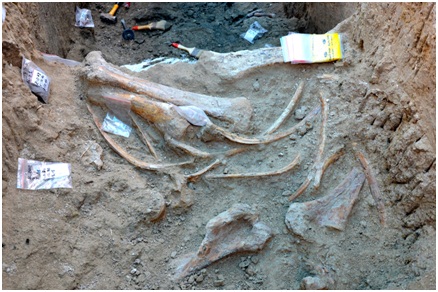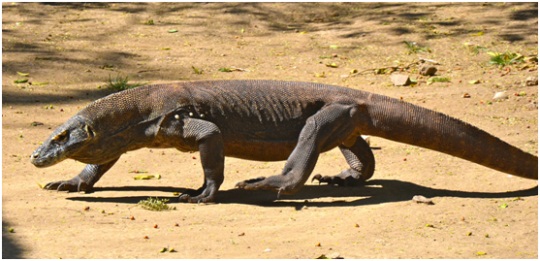An Insight into Hominid Evolution and Dispersion in Southeastern Asia
Imagine the pleasure (and significance) of finding a hominid-made stone artefact sitting in a fossil soil dated at around 1 million years old.
Flores is one of the biggest, most rugged and most beautiful islands in the eastern Indonesian archipelago (also known as Nusa Tenggara or Lesser Sunda Islands). Flores owes its name to the Portuguese, who called its eastern cape, Cabo de Flores, meaning Cape of Flowers. Flores is located immediately northward of the geologically active Sunda Arc, which demarcates the active convergent plate boundary between the Australasian and Eurasian plates. Flores itself has 14 active volcanoes (see Figure 1) – only Java and Sumatra along this arc have more.

View of Ebulobo Volcano (2124-m) located in central Flores. This symmetrical stratovolcano has a flat summit lava dome & contains a 250-m wide summit crater, breached on 3 sides. The last reported eruption occurred on 28th February 1969 (Photo: BVA)
Being located so close to a convergent plate boundary, Flores is not immune from the effects of large subduction-related earthquakes. On December 12th 1992, Flores experienced an earthquake measuring 7.8 that generated a large tsunami killing 3000 people in eastern Flores and flattened its largest town of Maumere.
For the full story read more

Well-preserved faunal remains being excavated from a mudflow unit exposed within the Boa Lesa Trench, So’a Basin (Photo: BVA).

A fearsome looking Komodo Dragon on Rinca Island. Komodo Dragons are the largest members of the monitor lizard family (Varanidae) and the largest living species of lizard growing to maximum length of 3-meters and weighing up to 70 kg. Komodo Dragons represent a relict population of very large varanid lizards that once were common throughout Indonesia & Australia, most of which, along with other megafauna died out during the Quaternary (Photo: BVA).
